Types of Pilot Licenses Explained (Student, Recreational, Private, Commercial, ATP, and more)
Pilot Institute
APRIL 22, 2025
You may pilot aircraft with a Maximum Takeoff Weight (MTOW) of 1320 pounds, carry no more than one passenger, and fly only during the daytime up to 10,000 feet MSL (or 2,000 AGL). You can lift most limitations through the completion of a prescribed training course with an FAA-certified flight instructor. So, hows it any different?





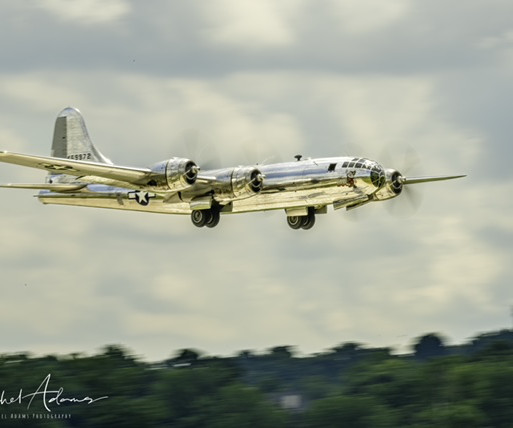






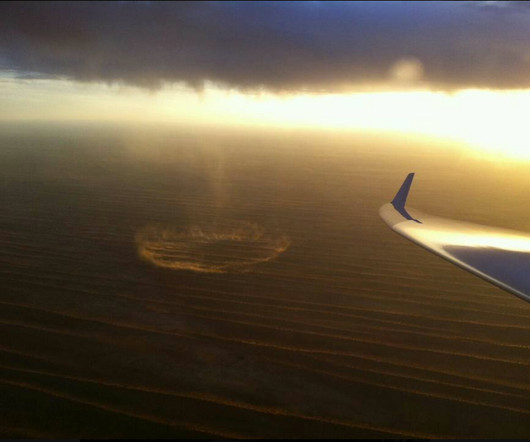

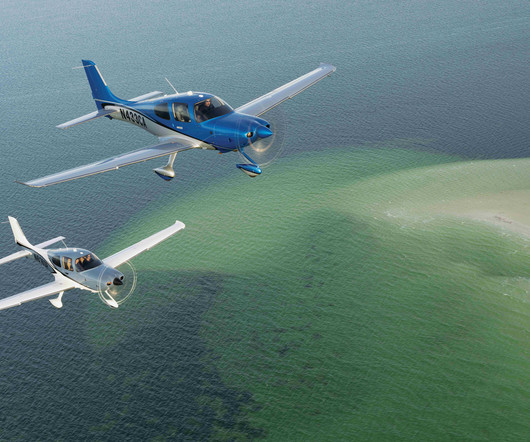



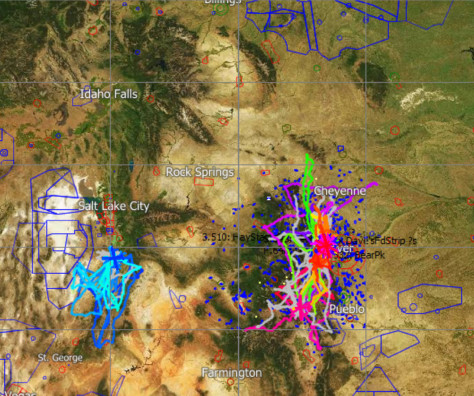

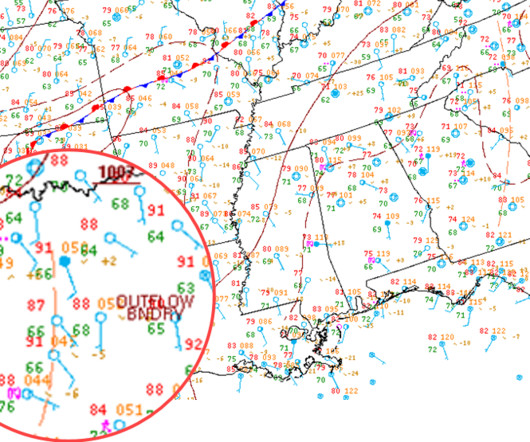




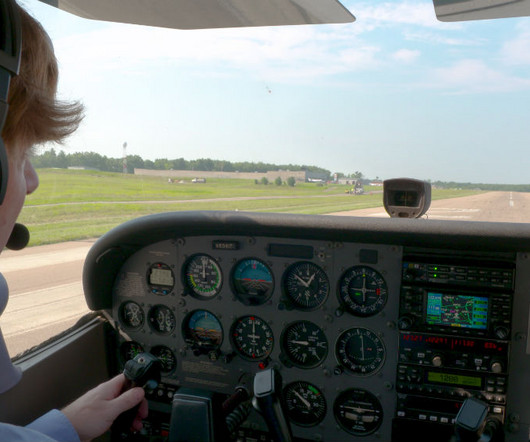

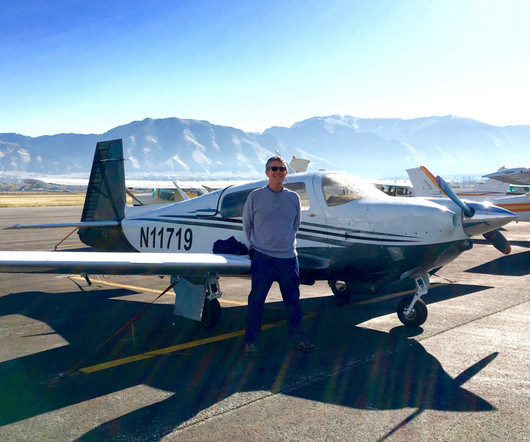

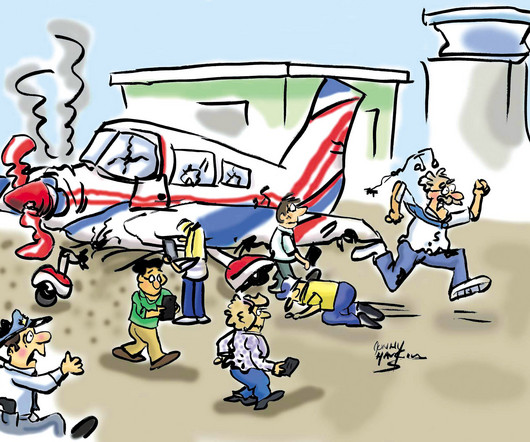






Let's personalize your content